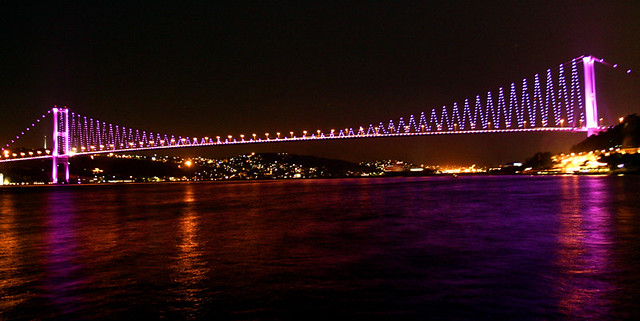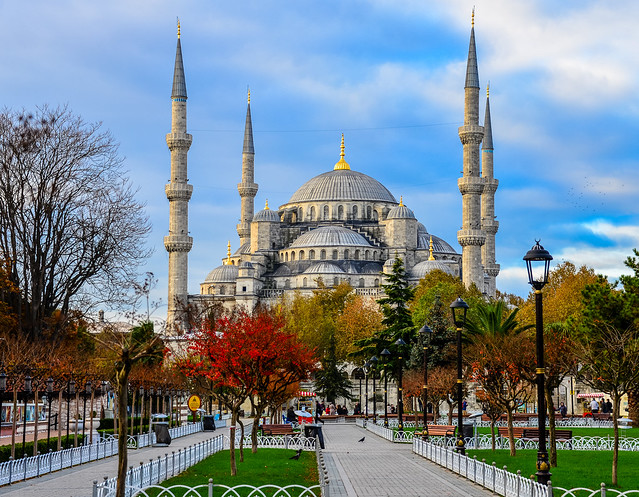
Saturday, June 29, 2013
Sunday, June 16, 2013
چیزیں جسی ہوتی ہیں ویسی ناظر نہیں آتی
چیزیں جسی ہوتی ہیں ویسی ناظر نہیں آتی
کرنےمیں وقت لگتا ہے TURST
chezin jasi nazar aati hain wasi hoti nahi hain
turst karny ma waqat lagta hay...
کرنےمیں وقت لگتا ہے TURST
chezin jasi nazar aati hain wasi hoti nahi hain
turst karny ma waqat lagta hay...
Nimes Arena French city of Nîmes.
The Arena of Nîmes is a Roman amphitheatre found in the French city of Nîmes. Built around 70 AD, it was remodelled in 1863 to serve as a bullring. The Arenas of Nimes is the site of two annual bullfightsduring the Feria de Nîmes, and it is also used for other public events.
The building encloses an elliptical central space 133 m long by 101 m wide. It is ringed by 34 rows of seats supported by a vaulted construction. It has a capacity of 16,300 spectators and since 1989 has a movable cover and a heating system.
 |
| Nimes Arena French city of Nîmes. |
Leaning Tower of Pisa in the Cathedral of the Italian city of Pisa,
The Leaning Tower of Pisa (Italian: Torre pendente di Pisa) or simply the Tower of Pisa (Torre di Pisa) is the campanile, or freestanding bell tower, of the cathedral of the Italian city of Pisa, known worldwide for its unintended tilt to one side. It is situated behind the Cathedral and is the third oldest structure in Pisa's Cathedral Square (Piazza del Duomo) after the Cathedral and the Baptistry. The tower's tilt began during construction, caused by an inadequate foundation on ground too soft on one side to properly support the structure's weight. The tilt increased in the decades before the structure was completed, and gradually increased until the structure was stabilized (and the tilt partially corrected) by efforts in the late 20th and early 21st centuries.
اب تک یہ مینار اپنی مقررہ جگہ سے 6 میٹر تک جھک چکا ہے اور اس ٹیڑھ پن کو دور کرنے کی تمام تر کوششوں کے باوجود یہ مسلسل ایک طرف کو جھک رہا ہے.
سائنس دانوں نے حساب لگا کر بتایا ہے کہ یہ ہر سال 0.25 انچ یعنی ایک ملی میٹر کی رفتار سے جھک رہا ہے اور ایک دن ایسا آئے گا جب یہ بالآخر گر جائے گا۔ اس مینار کو 1990ء سے حفاظت اور اس کے تحفظ کی وجوہات کے پیش نظر عوام کے لیے بند کر دیاگیا اور ایک دہائی تک اس کے جھکاؤ کو روکنےکی کوششیں کی گئیں بالآخر 2001ء میں اسے عوام کے لیے کھول دیا گیا۔ ماہرین تعمیرات کا کہنا ہے کہ جدید طریقوں سے مینار کو اگلے 300 سالوں تک گرنے سے بچالیا گیا۔
Saturday, June 15, 2013
Venice Italy the famous place in Italy.
Venice is a city in northeastern Italy sited on a group of 118 small islands separated by canals and linked by bridges.
Venice is the capital of the Veneto region. In 2009, there were 270,098 people residing in Venice's comune (the population estimate of 272,000 inhabitants includes the population of the whole Comuneof Venezia; around 60,000[3] in the historic city of Venice (Centro storico); 176,000 in Terraferma (the Mainland), mostly in the large frazioni of Mestre and Marghera; 31,000 live on other islands in the lagoon). Together with Padua and Treviso, the city is included in the Padua-Treviso-Venice Metropolitan Area (PATREVE), with a total population of 1,600,000. PATREVE is only a statistical metropolitan area without any degree of autonomy.
 |
| Venice Italy |
Colosseum in the centre of the city of Rome, Italy
The Colosseum or Coliseum, also known as the Flavian Amphitheatre is an elliptical amphitheatre in the centre of the city of Rome, Italy.
The Colosseum could hold, it is estimated, between 50,000 and 80,000 spectators,and was used for gladiatorial contests and public spectacles such as mock sea battles, animal hunts, executions, re-enactments of famous battles, and dramas based on Classical mythology. The building ceased to be used for entertainment in the early medieval era. It was later reused for such purposes as housing, workshops, quarters for a religious order, a fortress, a quarry, and a Christian shrine.
Although in the 21st century it stays partially ruined because of damage caused by devastating earthquakes and stone-robbers, the Colosseum is an iconic symbol of Imperial Rome. It is one of Rome's most popular tourist attractions and has close connections with the Roman Catholic Church, as each Good Friday the Pope leads a torchlit "Way of the Cross" procession that starts in the area around the Colosseum

Tuesday, June 11, 2013
Süleymaniye Mosque - Istanbul, Turkey
The Süleymaniye Mosque is an Ottoman imperial mosque located on the Third Hill of Istanbul, Turkey. It is the largest mosque in the city, and one of the best-known sights of Istanbul.
The Süleymaniye was ravaged by a fire in 1660 and was restored by Sultan Mehmed IV. Part of the dome collapsed again during the earthquake of 1766. Subsequent repairs damaged what was left of the original decoration of Sinan (recent cleaning has shown that Sinan experimented first with blue, before turning red the dominant color of the dome).
Opened: 1558
Address: Süleymaniye, Istanbul
Architectural style: Ottoman architecture
|
Sultan Ahmed Mosque - Blue Mosque in Istanbul, Turkey
The Sultan Ahmed Mosque (Turkish: Sultanahmet Camii) is an historic mosque in Istanbul. The mosque is popularly known as the Blue Mosque for the blue tiles adorning the walls of its interior.
It was built from 1609 to 1616, during the rule of Ahmed I. Its Külliye contains a tomb of the founder, a madrasah and a hospice. While still used as a mosque, the Sultan Ahmed Mosque has also become a popular tourist attraction.
Opened: 1616
Address: Sultan Ahmet Mh., Torun Sk No:19, 34400 Istanbul, Turkey
Phone: +90 212 458 4983
Architectural styles: Islamic architecture, Ottoman architecture
Function: Monument, Mosque
|
Subscribe to:
Posts (Atom)




